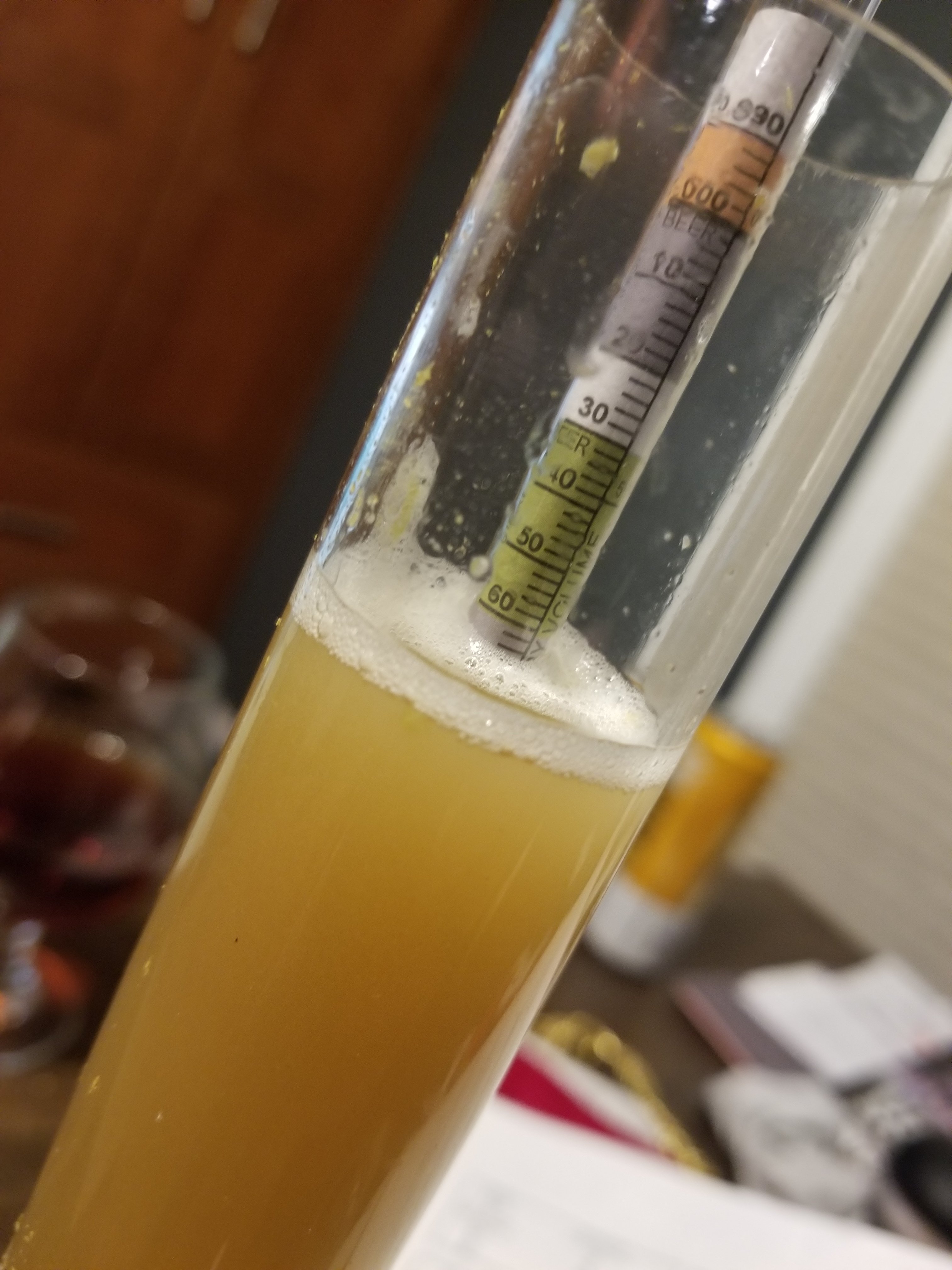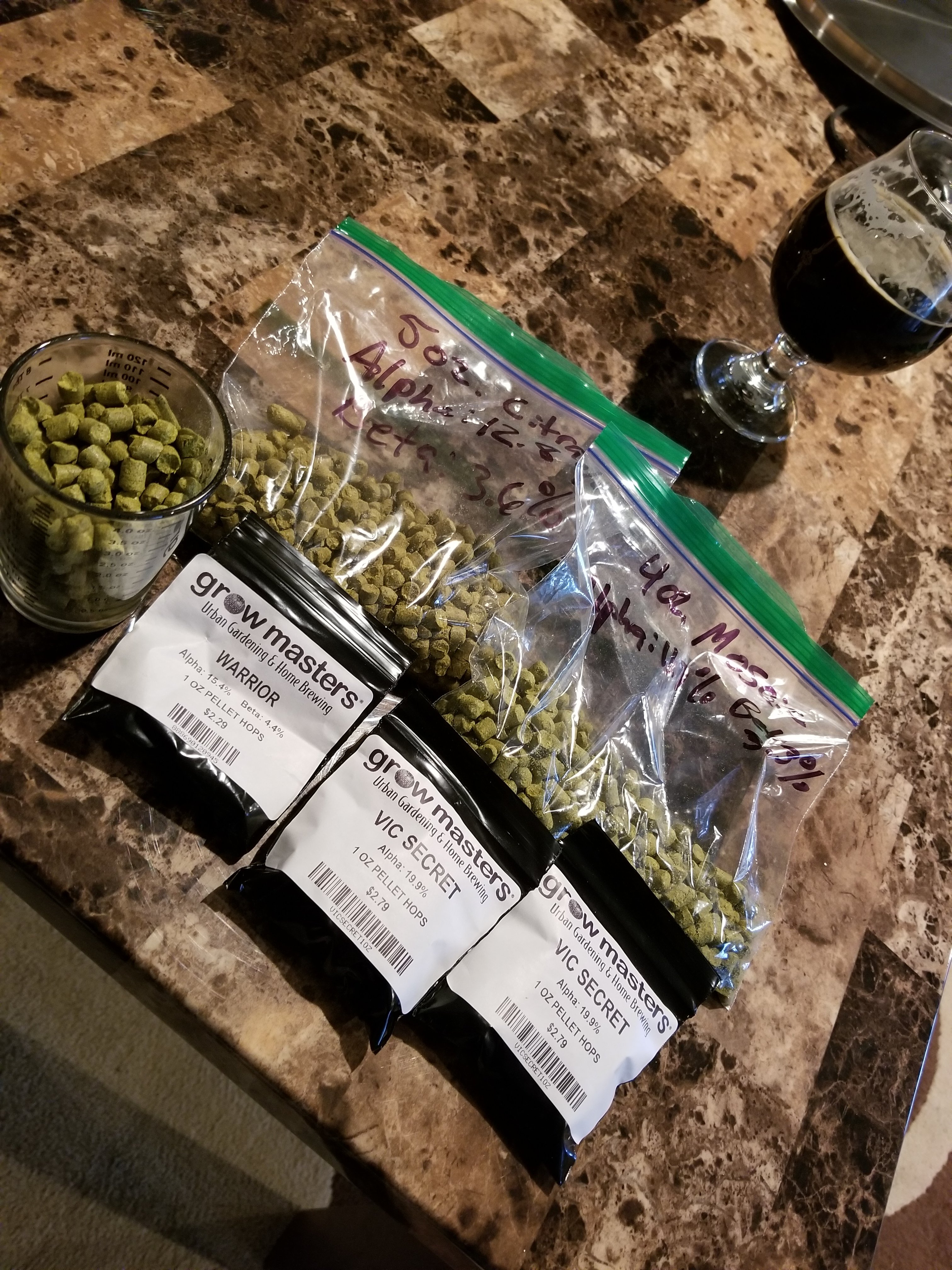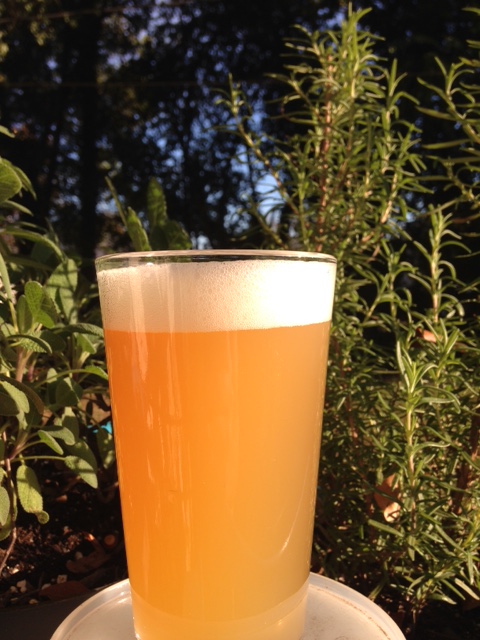I agree. I submitted one of these to one of those local brewery contests last month and it actually won the grand prize which includes brewing a batch at the brewery. But, it ended up dropping more clear than I experienced with some previous batches (different recipes though). I sat down with the brewer and one of the judges to go over the recipe and they felt the same way: "how much do you really ding a beer for being too clear?".
The unfortunate thing is I'm a newb with entering contests so in attempt to communicate the style with the judges, I named it Hazy McHazerson when I registered it which was well before it was brewed. Obviously a name like that sets a certain expectation. If I thought for a minute the beer might actually win, I would have thought that out better

. I just figured entering would force me to finally get out that beergun that has been sitting in the box for years.
So far, the most persistent haze I got so far came from a batch with no flaked oats (didn't have them on hand). It did have 13% flaked wheat though and I thought the mouthfeel was great. It started off straight murky but after a few pours ended up with a nice haze that persisted through the keg. Below you can see the difference between that first pour and the remainder of the keg.
BTW, I noticed that title in your sig block. Congrats on that! And it's nice to hear that the haze isn't that important from you. Maybe if/when they write it into the next edition of the guidelines, haze might be listed as "acceptable" rather than "necessary".




















































![Craft A Brew - Safale BE-256 Yeast - Fermentis - Belgian Ale Dry Yeast - For Belgian & Strong Ales - Ingredients for Home Brewing - Beer Making Supplies - [3 Pack]](https://m.media-amazon.com/images/I/51bcKEwQmWL._SL500_.jpg)





 . I just figured entering would force me to finally get out that beergun that has been sitting in the box for years.
. I just figured entering would force me to finally get out that beergun that has been sitting in the box for years.



